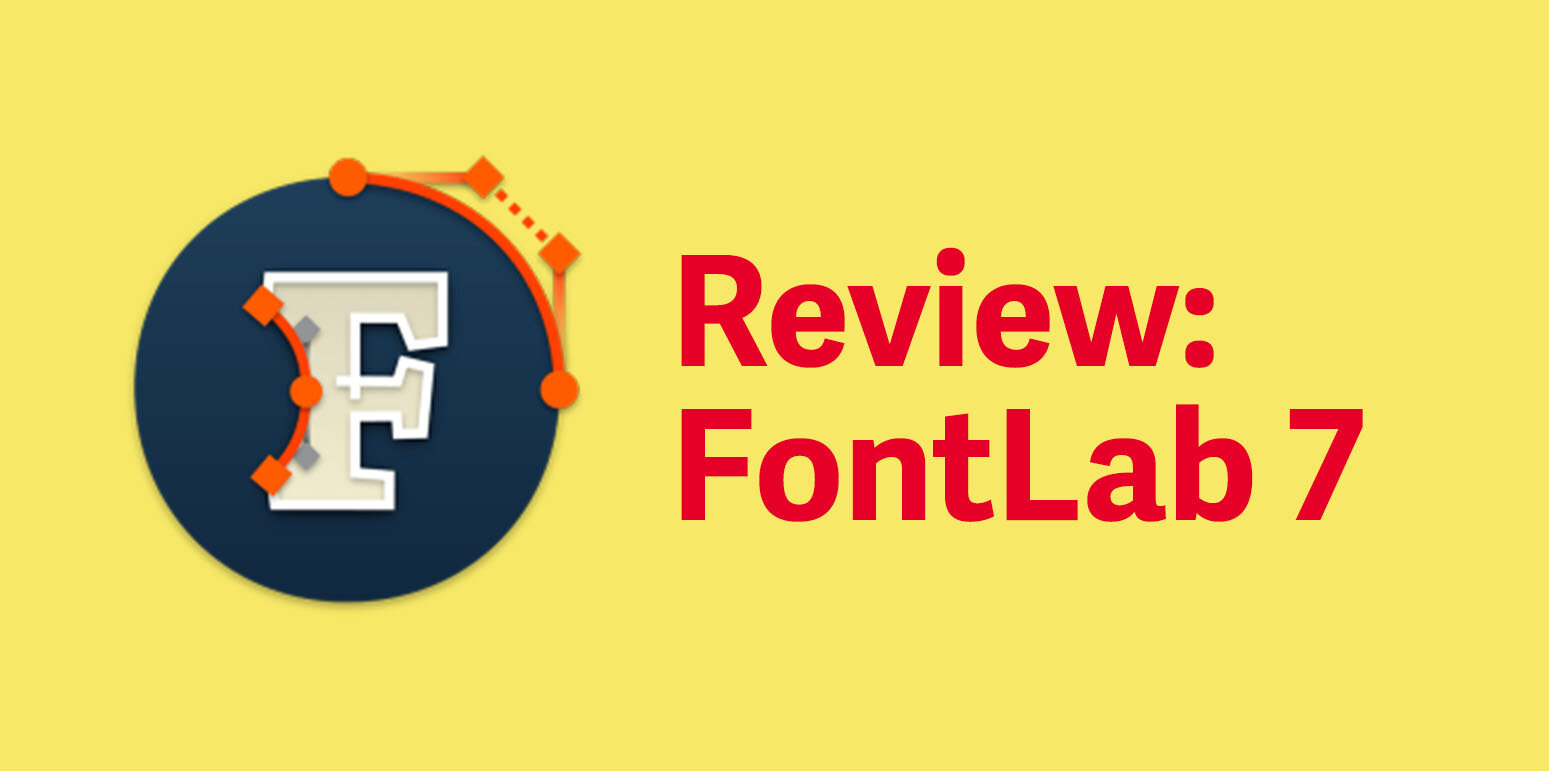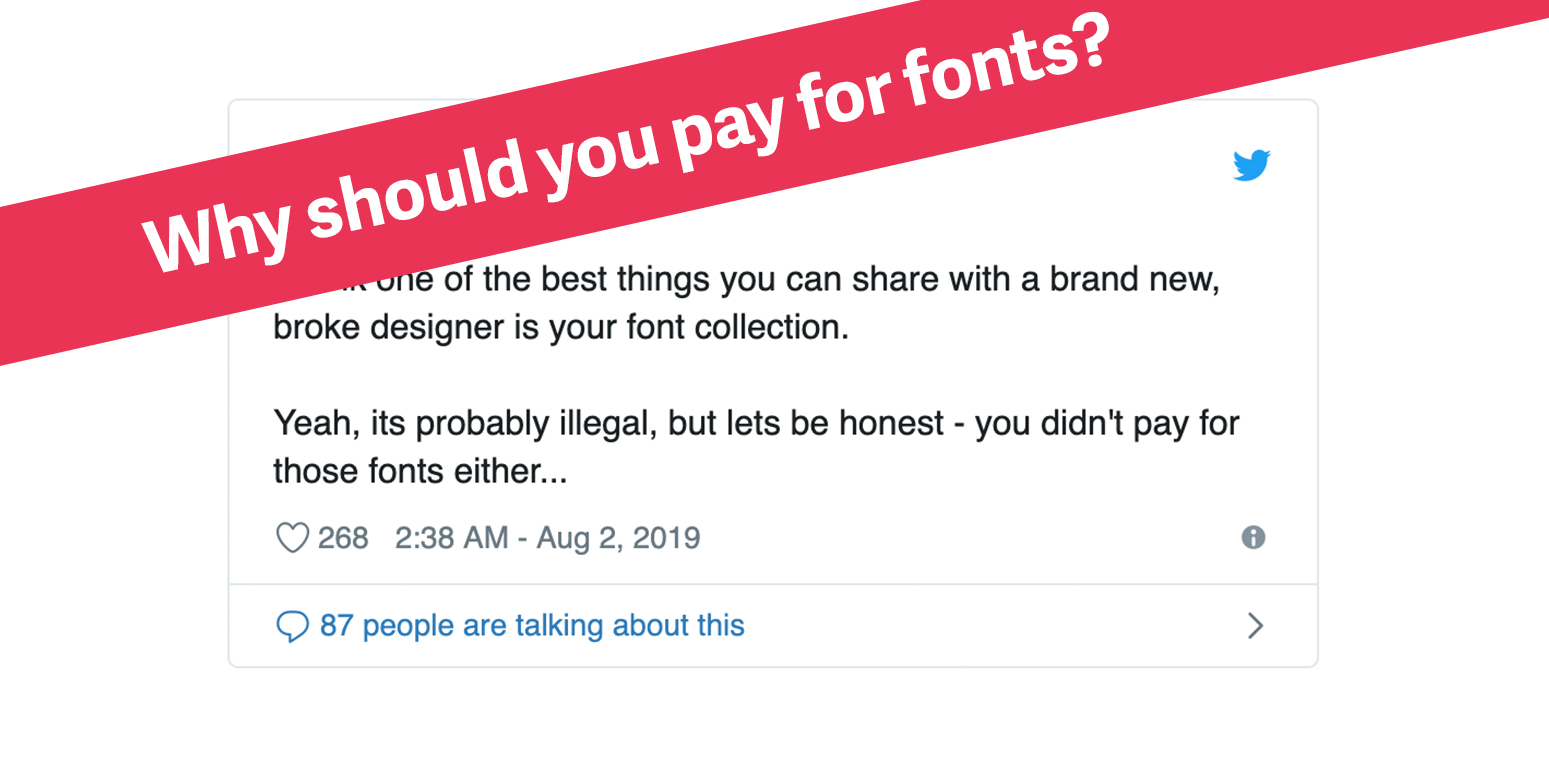How Artificial Intelligence is being used in typography
Artificial intelligence (AI) is taking over our world. Every day there is a new story about how it is being deployed in different industries to make our life better, faster, more convenient. It seems that no community is immune from the touch of AI. The typography industry is no different. Designers, engineers, and companies alike are investigating methods of how to put computers to work to make everything from pairing fonts to kerning easier.
Font Map by IDEO
The design company, IDEO, developed Font Map to highlight relationships between fonts, through visual representation. Kevin Ho, at IDEO, wanted to create a visual space that allows designers to see similarities and differences that exist between fonts.
By taking text samples—the word handgloves—of about 800 fonts and putting them into a neural network (AI network) called VGG16 Ho was able to extract relationships that were only perceptible to a computer. He then applied an algorithm called T-SNE, which visualizes the data from in a 3-dimensional space.
Font Map is a fun tool to play around with. It reveals surprising relationships between different typefaces. If you want to learn more about how Font Map was made check you can check out Ho's Medium post about his process.
Image from Simon Cozens. (https://typedrawers.com/discussion/2428/i-trained-a-neural-network-to-kern-a-font-mostly)
Spacing Fonts
The goal of AI is to automate mundane and tedious jobs. In typography, one of the most mundane, challenging, yet crucial tasks is spacing. There have been a few people who have explored the possibility of using AI to space and kern fonts. Spacing requires precision and is about visual compensations and adjustments, making it a difficult task that is hard to automate and have computers achieve a good result (You can read more about spacing here). There is no one size fits all approach to spacing. The difficulty of producing even spacing makes creating an AI that can space correctly tricky. It is an exciting prospect that a computer could assist in achieving consistent spacing.
An engineer, Antanas Kascenas, wrote a paper exploring the use of AI to kern a typeface. While the article is high science, and tough to understand, it does come to the conclusion that AI is better at spacing than any of the existing kerning software. Establishing that is is possible to train AI to kern a typeface, and with improvements, it could possibly be useful software.
Simon Cozens, a typeface designer and developer, has also developed an auto kern software using AI. In his article on using AI to kern, he explains that while he has been able to kern a typeface with high accuracy, he does need to continue to experiment and improve his software for it to be a viable option.
Image from Erik Bernhardsson. (https://erikbern.com/2016/01/21/analyzing-50k-fonts-using-deep-neural-networks.html)
Using AI to design a typeface
Erik Bernhardsson, an engineer who used to work for Spotify, tested whether AI could be used to design a typeface and wrote about his process here. He scraped the web for 50k fonts, cropped the images, and fed the images to a neural network. While he was able to get the computer to generate a "typeface," it wasn't a stand out design. In fact, it was an odd design. A large part of this was that many of the typefaces he fed into the AI were not of high quality, meaning that the final results would not be the highest quality. While Bernhardsson didn't create a useable typeface what he was able to prove is that it is possible for AI to generate a font.
Conclusion
These are three examples of how AI is being used in typeface design. We are currently in a renaissance of AI, so there will continue to be people who develop new ways of using AI to make typeface design and typography easier.













The typographer John Hudson puts it best variable fonts are “a single font file that behaves like multiple fonts”